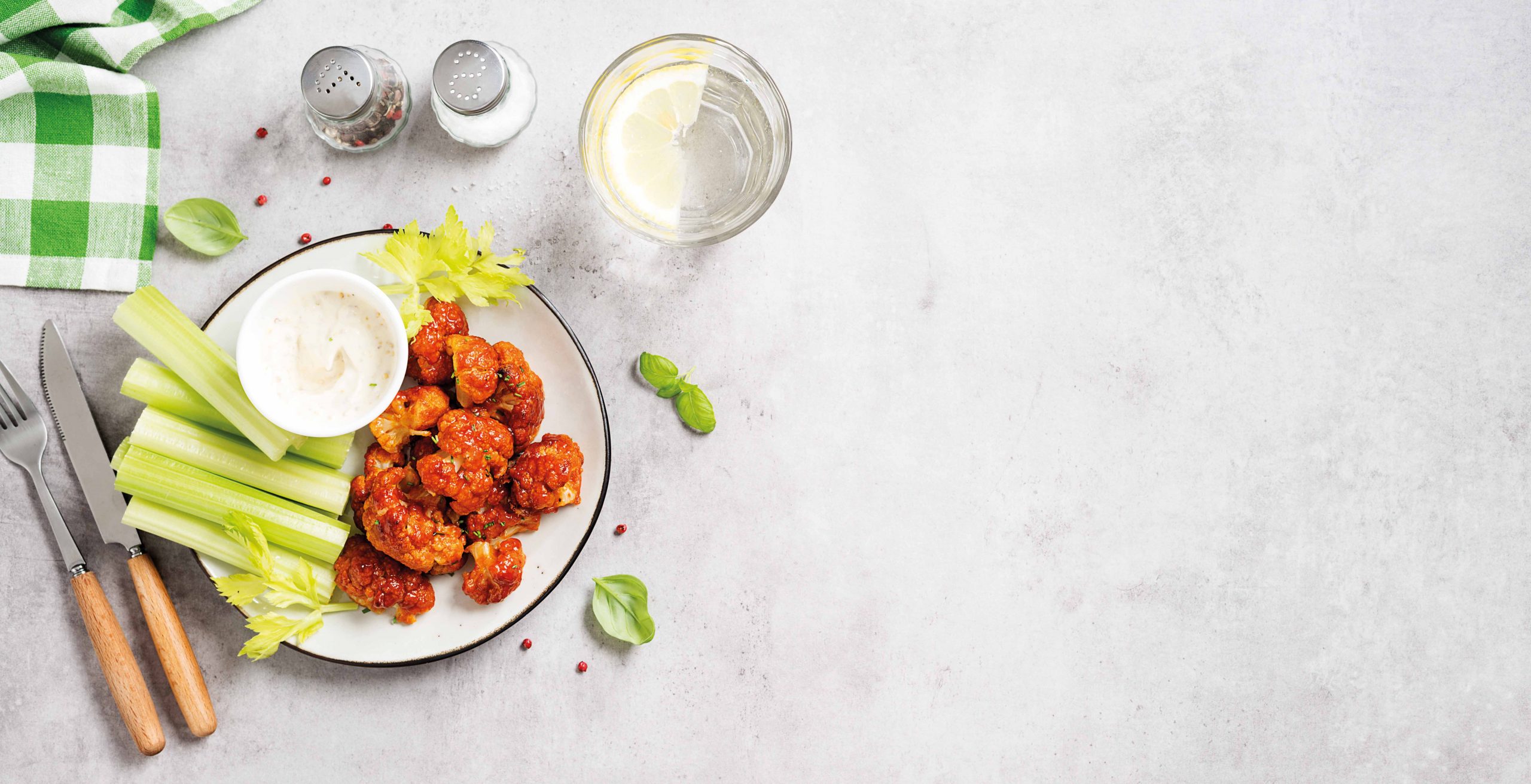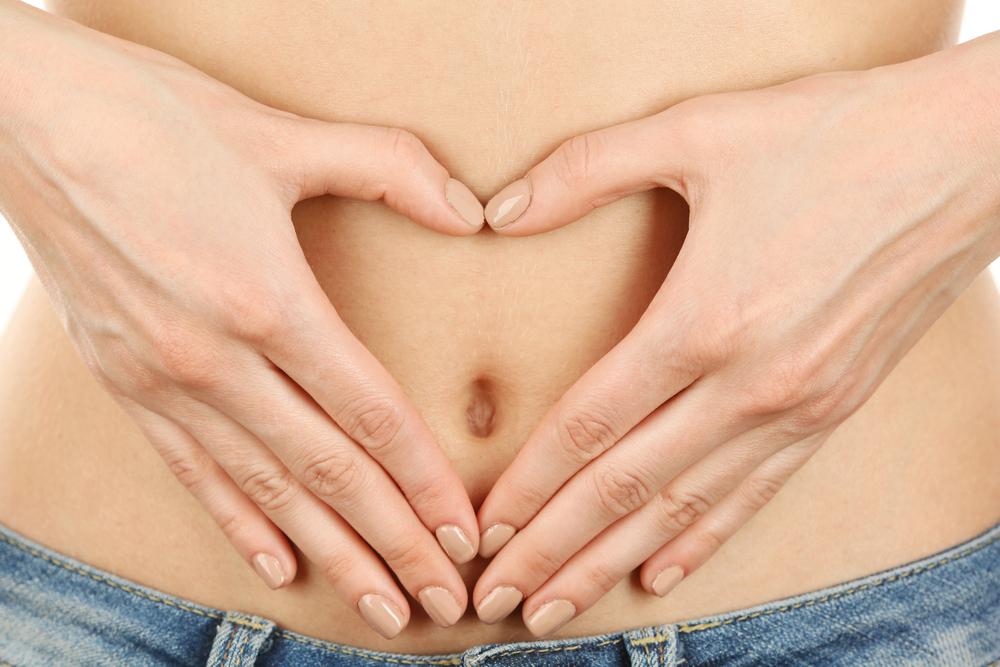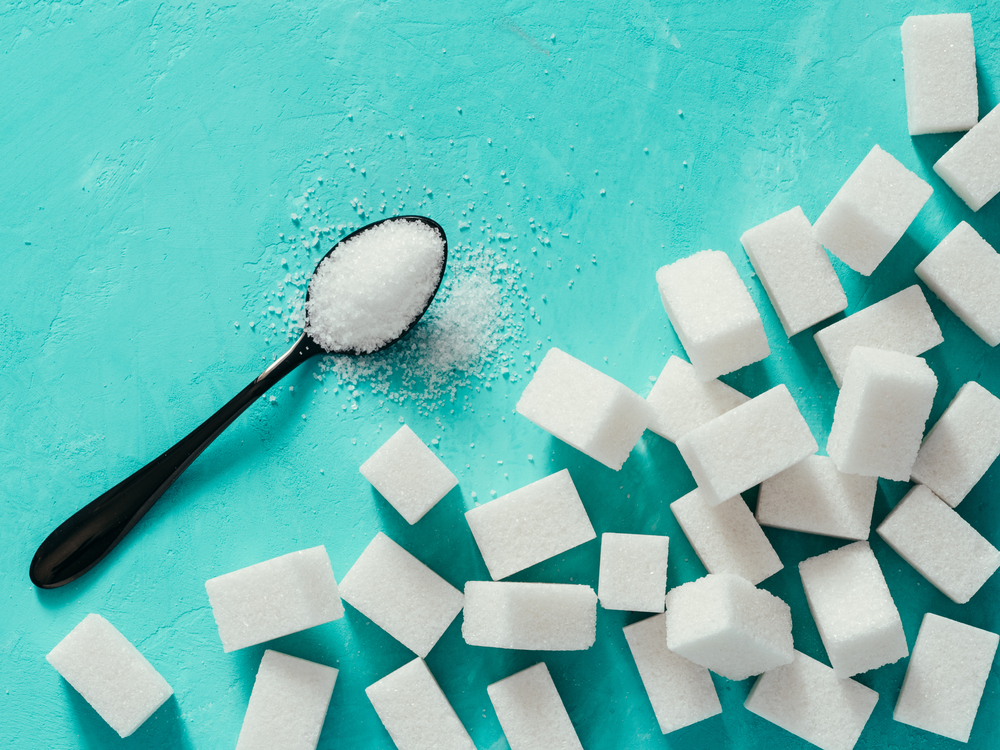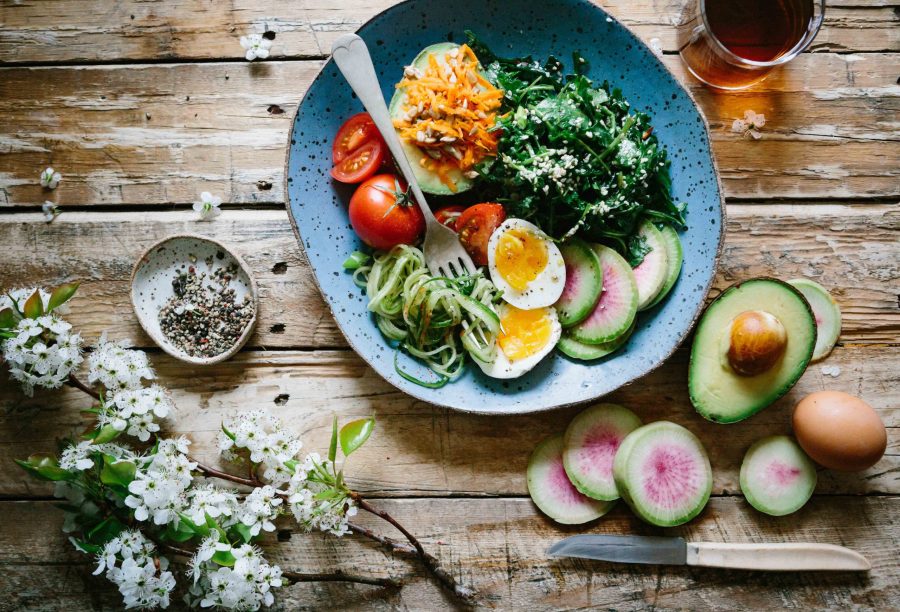
Keto Expert and founder of Natural Ketosis, Hannah Sutter
Discover how to make the ketogenic diet work for you with tips from Hannah Sutter, an expert on all things keto…
What is the keto diet?
Keto, or the ketogenic diet to give it its full name, is a very low-carbohydrate diet. Reduction of carbohydrates to less than 50g per day – some do 30g – puts your body into a metabolic state called ketosis in which you burn fat for energy instead of carbs and sugar.
Unlike a calorie-controlled diet, it is important that once you get into ketosis you stay ketogenic for at least a week in order to really see and feel the benefits.
Getting started on a keto diet can seem daunting. Restricting carbs to less than 50g per day can be very tricky, especially for beginners. Most ready meals and snacks, as well as fruits and vegetables, contain carbohydrates.
The foods that are carb-free, such as chicken, fish and eggs, can become very boring, very quickly. Lack of variety of food to eat and the complexity of counting and calculating all the food you eat can lead some to give up, but here are my top tips for making the keto diet work for you.

Keto is a very low-carbohydrate diet. It makes your body burn fat for energy instead of carbs and sugar.
10 tips to make the keto diet easier
1. Be prepared
Start by making sure you rid yourself of any temptation, then stock up your cupboards, fridge and freezer with keto-friendly, high-fat foods.
2. Know that the side effects will pass
Some people experience some initial side effects of going into ketosis, also dubbed “keto flu”, which is completely normal when making a big change to your diet as your body needs time to adapt.
Symptoms vary from person to person and may include a headache or feeling lethargic, but they will pass. Most people will start to feel the positive benefits of keto, including feeling more energetic, reduced hunger and better sleep quality, within 3-4 days.
3. Choose an information source
The internet is awash with information and a lot of it is conflicting. Over time, keto has developed into different versions designed to deal with different health issues.
Some are more plant-based, some focus on the quality of the foods whereas others don’t, they simply advise eating fat and some protein, and hardly any carbs, regardless of the quality of the source. Some people find they don’t do well on a lot of dairy, which can creep up when on keto, and so a plant-based version will help.
Therefore, pick the keto diet that suits your needs and stick to it, following one set of guidelines to get the best results. Once you get more used to it, your confidence will grow and you can use your knowledge to help build the plan that’s exactly right for you.
4. Listen to your body
As mentioned above, not all keto diets are the same and they’re certainly not one size fits all. What works for one person may not be quite right for another. Listen to your body and work with what it is telling you.
If you are hungry or feeling low on energy, eat a keto-friendly snack. If you are still feeling satiated from breakfast, skip the elevenses and wait until lunch. Also, if you have been more active, you may need more water and a small snack. Your body will tell you what it needs.

It’s important to listen to your body when trying the keto diet.
5. Don’t let yourself get hungry
When you go too long without eating, your blood sugar can drop and leave you feeling really hungry (or even worse, hangry!). Make sure you eat regularly throughout the day and listen to what your body needs.
But avoid the carb-heavy convenience foods and make sure you’re stocked up with plenty of healthy fats, such as olives, avocados, some nut butter on celery etc.
6. Stay hydrated
While it seems cliché, you often mistake thirst for hunger so stay well hydrated through the day by drinking about two litres of water. If you do have a craving or hunger pang, have a few sips of water as this may just be all you need.
7. Avoid sweeteners
When going keto, a common mistake is to simply replace all sugar with sweeteners. In reality, replacing one sweet food for another does nothing to help you break the addiction to sweetness or allow your body to overcome it.
Continuing to use sweeteners in your diet will affect your hunger levels and cravings, not to mention the havoc they can wreak on your gut bacteria.

Rather than swapping sugar for sweeteners, try to reduce your intake of sweet things altogether.
8. Don’t fear fat
While I don’t recommend glugging bottles of olive oil or nibbling more cheese than a mouse, fat will become your body’s energy source when you are following a keto diet. Having a higher amount of fat in your diet will help you stay feeling fuller for longer after meals.
9. Always check the labels
Some foods make claims to be keto, being low in sugar or having no added sugar, but in reality the overall make-up of the product might still not be keto friendly.
Make sure you read labels and understand what’s in your food. Look at the overall carb content per serving to check it’s low enough to keep you in ketosis. Remember to also look for other names for sugar, such as dextrose or sucrose, and check for sweeteners.
10. Make sure you get enough sodium
A combination of eating less processed foods paired with a keto diet can lower your body’s sodium levels and knock electrolytes out of balance.
Sodium plays an important role in regulating your internal water balance. Too little of it can mean your body does not absorb water as well as it should, causing issues such as brain fog, fatigue, muscle cramps and stomach problems, as well as causing the initial “keto flu” side effects to be more intense.
Keep everything in balance by adding a pinch of good-quality salt, such as rock salt or Himalayan salt, to your meals.
Hannah Sutter is a keto expert and founder of Natural Ketosis.








